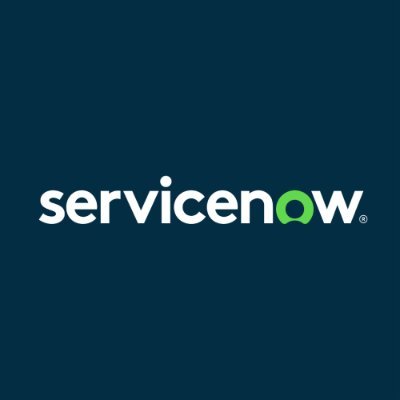
ServiceNow Software Engineer Case Interview: Design an AI-assisted Incident Triage Workflow on the Now Platform
This case mirrors ServiceNow’s practical, customer-workflow–focused interview style. In a 60–75 minute working session, you will design and reason about an AI-assisted incident triage and SLA workflow built on the Now Platform. The interviewer expects you to clarify ambiguous requirements, make pragmatic trade-offs, and show strong product sense aligned with ServiceNow’s culture of building upgrade-safe, reusable solutions that scale across customers. Scope and objectives: - Problem framing: Intake high-volume incident tickets from multiple channels (email, web, APIs, chat) and automatically classify, prioritize, and route them to the right assignment groups while honoring SLAs/OLAs. - Platform-first design: Propose how you would model data (tables/fields, CMDB relationships, reference fields), leverage Flow Designer vs custom logic, use IntegrationHub spokes for external notifications (e.g., Slack/Teams), and ensure upgrade-safe patterns (avoid fragile core table customizations, prefer extension tables, Script Includes, and configuration over customization). - APIs and contracts: Define REST endpoints (versioning, pagination, filtering), idempotency keys, rate limits, and a strategy for zero-downtime changes. Discuss multi-instance SaaS considerations typical at ServiceNow (customer isolation, data residency, instance upgrades) and how you’d roll out features with flags and safe rollback. - Intelligence and rules: Outline how ML classification (e.g., model inference service) coexists with deterministic business rules, confidence thresholds, and human-in-the-loop override. Explain fallback paths and explainability signals presented to agents. - Reliability and scale: Back-of-the-envelope estimates for 50k–200k incidents/day, p95 latencies for creation and assignment, retry/backoff on integrations, idempotent processing, and queue-based buffering. Discuss HA/DR, maintenance windows, and how you’d keep workflows resilient during platform upgrades. - Security and governance: Show how you’d enforce ACLs and RBAC for records and attachments, encryption at rest/in transit, audit/history, and data retention. Address tenant isolation and least-privilege access for IntegrationHub and MID Server connections to on‑prem systems. - Quality and analytics: Define SLAs/SLOs, Performance Analytics KPIs (MTTA, MTTR, breach rates), and operational telemetry. Propose automated testing using ATF and contract tests for integrations. Include how you’d validate model drift and maintain configuration-as-code (update sets/app repo) through environments. What you’ll produce in the session: - A concise architecture (components, data flow, queues, failure modes) highlighting where you reuse Now Platform capabilities vs when you write custom services. - A minimal schema and API sketch, including example request/response payloads and error codes. - A short coding exercise (verbal or on a pad) such as implementing a deduplication/priority function over incident candidates with O(n log n) complexity and clear edge-case handling. - A rollout plan describing observability, feature flags, and an upgrade-safe migration path. Evaluation focuses on: clarity of requirements, platform fit, sound trade-offs, operational excellence, security-by-default, and customer-centric thinking consistent with ServiceNow’s “build once, reuse often” mindset.
8 minutes
Practice with our AI-powered interview system to improve your skills.
About This Interview
Interview Type
PRODUCT SENSE
Difficulty Level
4/5
Interview Tips
• Research the company thoroughly
• Practice common questions
• Prepare your STAR method responses
• Dress appropriately for the role